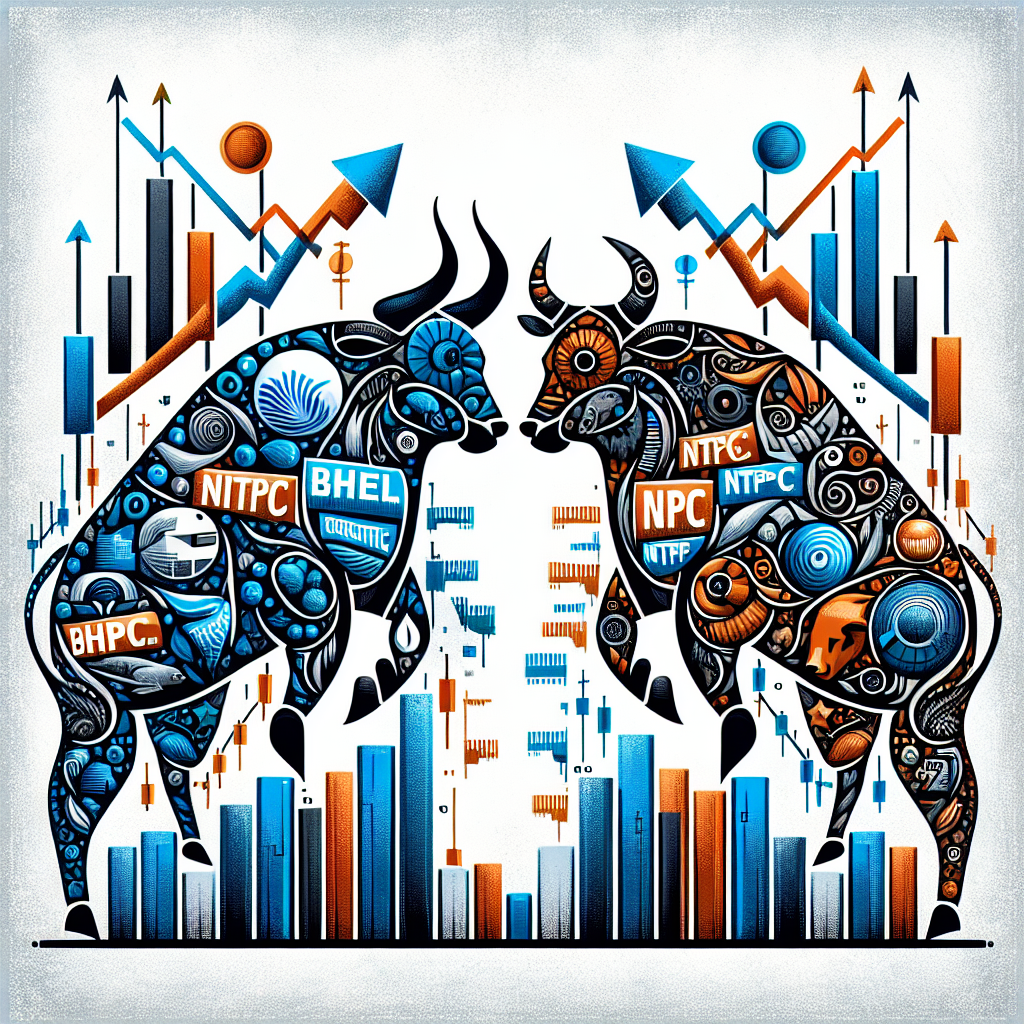Stocks Slide as Investors Await Economic Signals
The Dow Jones and S&P 500 fell on Wednesday, pulling back from record highs prompted by China's stimulus package. Investors are keenly watching for economic indicators and updates on interest rate cuts. Despite recent gains fueled by the Federal Reserve's rate cut, weak consumer sentiment and labor market concerns loom large. Key reports and comments from Fed officials are anticipated later this week.

The Dow Jones Industrial Average and S&P 500 edged lower on Wednesday, withdrawing from recent record highs buoyed by China's comprehensive stimulus package. Investors are on edge, awaiting further economic indicators and any hints on upcoming interest rate cuts.
The three main indexes seemed poised for monthly gains after the Federal Reserve's rate cut on Sept. 18 reignited hopes of a soft economic landing. However, a weak consumer sentiment report on Tuesday exacerbated concerns about labor market health. 'What happened in commodities and basic materials was a reaction to, 'Hey, what if China grows again?' This scenario could bolster other economies,' said Tom Martin, senior portfolio manager at Globalt in Atlanta.
Long-term Treasury bond yields ticked higher due to worries that looser financial conditions could reignite inflation. The odds of a 50 basis point cut by the U.S. central bank at its November meeting have risen to 57.4%, up from a coin toss earlier in the week, as per CME Group's FedWatch Tool.
As of 2:52 p.m. ET, the Dow Jones Industrial Average dropped 265.40 points, or 0.63%, to 41,942.82. The S&P 500 fell by 10.09 points, or 0.18%, to 5,722.84, while the Nasdaq Composite gained 5.05 points, or 0.03%, to 18,079.57. Seven out of the 11 S&P 500 sectors declined, led by energy stocks, although tech stocks bucked the trend, buoyed by Nvidia's 2.15% rise.
The blue-chip Dow dipped after achieving record highs, primarily due to a 4.97% drop in Amgen shares following mixed drug data, raising concerns over increased competition. The S&P 500 and Nasdaq have risen about 20% this year, driven by rate cut expectations and optimism around artificial intelligence, but are now trading at valuations significantly above long-term averages.
'Valuations and sentiment are high right now,' Martin noted, pointing out a creeping caution. 'It's hard to find bargains because everything hit has rebounded, broadening the market.'
New U.S. single-family home sales dropped in August, but falling mortgage rates and house prices could boost future demand. The primary focus remains on the weekly jobless claims and the August U.S. personal consumption expenditure (PCE) index due later this week. Remarks from Fed Governor Adriana Kugler and Fed Chair Jerome Powell's speech on Thursday will also be closely watched.
Apple shares slipped 1.12% amid declining sales of foreign-branded smartphones, including iPhones, in China for August, according to government-affiliated data. Citigroup, Bank of America, and JPMorgan & Chase weighed on the broader bank index, down 0.84%.
KB Home fell 4.82% after a disappointing third-quarter profit, while Hewlett Packard Enterprise topped the S&P 500 with a 4.79% gain following Barclays' rating upgrade. Ford and General Motors both saw declines after Morgan Stanley lowered its recommendations on the automakers. Declining issues outnumbered advancers by a 2.37-to-1 ratio on the NYSE, with 345 new highs and 49 new lows.
The S&P 500 recorded 36 new 52-week highs and one new low, while the Nasdaq Composite logged 63 new highs and 89 new lows.
(With inputs from agencies.)
ALSO READ
Trump vs. Powell: Navigating the Federal Reserve Debate
Trump Signals Confidence in Powell's Federal Reserve Leadership
Trump Maintains Status Quo: Powell to Remain Federal Reserve Chair
Global Currencies: U.S. Dollar Nears Two-Week High Amid Federal Reserve Speculations
Eurozone Bond Yields Steady Amid Key Economic Indicators










